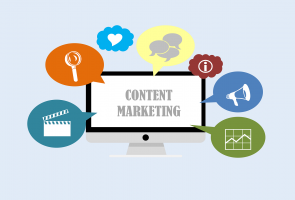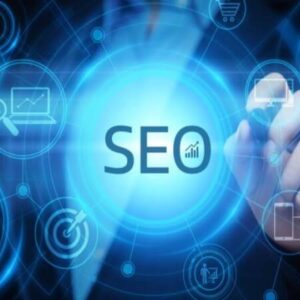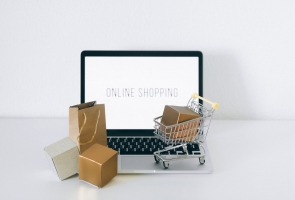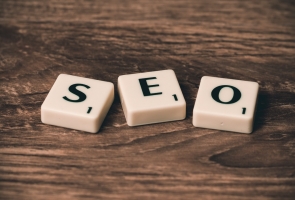The dynamics of content marketing have shifted considerably over the past few years, but many of the basics still hold up. Today’s message is for fledgling content marketers who don’t know how to set up content for specific conversions as well as those who just want to do a little better.
The basic framework for all of this is high-quality, well-presented, consistently published content that motivates its audience to take specific actions as a result of engaging with it. If you don’t know how to achieve the results you need, keep reading. What follows is a basic outline, but it applies almost universally within the realm of content marketing.
Here are four key conversion types, the content types that lead to them, and some practical advice about how to develop and present that content:
Email Captures
The best part about this one is that it has both online and offline applications. The easiest way to get an email address is to just ask for it. A pad and paper at a trade show can be as effective in capturing email addresses as a good squeeze page, but both rely on good content to get the job done.
I cannot stress enough how even the simplest content types play important roles in your effort to capture more email addresses. A pad and a sign won’t cut it. Branded signage with a specific call to action to get on a mail list is a must for live events. Couple simple messaging with simple visuals and let the words have the spotlight. That’s for offline/real-world situations. Online, it’s all about squeeze pages.
Your squeeze page should have simple, concise messaging that is built around an effective and specific call to action. Don’t try to pitch anything except the notion of signing up. Promise value in your messaging. “Sign up today to get the latest news and information about __.” You could always sub in phrases like “valuable insider content” to explain to the reader what the return for giving you his or her email address will actually be.
One last note on this: Digital assets also provide great incentives for people to sign up for your list and usually include things like e-books and special reports.
Click-Throughs
A number of content types work well for generating click-throughs, but there are two in particular that generate more than any. Let’s look at both:
Email Blasts
Use single or sequenced email blasts to churn up excitement for things like your latest product, service, blog post, and more. A well-written single email message can net a good percentage of click-throughs, but only with a strong call to action.
The CTA should be toward the end or in the P.S. Why? If someone is willing to read your entire email, they’re interested in your brand. Strike while the iron is hot and tell them to click through to your sales page.
Social Media Posts
This is a great shortcut if you already have a large social media following, but if you’re still growing your audience, you might want to start by directing people to your channels first. Getting them to your social page from an email blast or text campaign will start growing a solid online audience.
Hint: Now that you’ve gotten that click, it’s a good opportunity to present readers with a well-placed squeeze page that trunks down the messaging in your sales content to about 25 strong, well-written words or fewer.
Making Appointments and Scheduling Consultations
These can be a little trickier because your readers have probably already clicked through to a landing or sales page already via one of the marketing content types I already mentioned. This is actually very good news because it proves your ability to lead and persuade. Follow your own lead and present congruent messaging on pages where you request direct contact with a prospective customer or client.
What that means is that however they found your page, the content they land on needs to be what they expect. If you promise specific information or incentives in the email or blog that got them there, those elements must be present in the landing page. If not, it is not likely you’ll get them to follow you any further.
Completing a Sale
The most important conversion comes in the form of a sale or contract, and all of your content plays a part in it. Here are some of the most useful ones and the roles they play:
Email — This is typically your first point of contact after generating a lead. Use it responsibly. Your brand’s initial impression is likely to be made through email.
Social Media Posts — Use for promoting other content and audience interaction. The more engaged you keep your social audiences, the more likely you are to find enthusiastic fans you can convert to sales.
Your Blog — From the standpoint of both conversions and SEO, your blog needs to be current and well-written with keywords that are trending at the time of writing. Keywords fluctuate, so don’t rely on static ones to get the job done.
Squeeze and Landing Pages — We discussed these above, so I’ll just leave this one right here …
Sales Pages, Sales Letters, and Whitepapers — Longer-form content can help push the fence-sitters over onto your side. Some people need more information to feel like they are making truly informed choices about where to spend their money. Long-form sales content often meets that need.
At BeezContent, we specialize in all types of marketing content, not just the ones I mention in this piece. Come to us with your ideas, and we’ll work with you to create and publish content for any type of conversion(s) you want to generate with it. We are a full-service copywriting company with a talented network of staff and freelance writers to meet all your marketing content creation needs.




